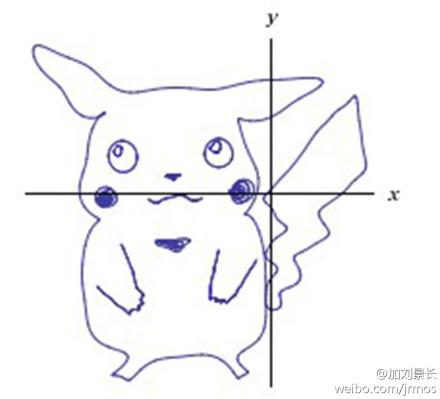

Mathematica soundnote plus#

I imagine this is quite easy, but dont know how.

I would like Mathematica to produce a sound as soon as it ends (but not always, only when told so). (Hint: What is Power or 2^(1/12) or 2 1/12?) Post by Francisco Gutierrez Suppose I am running a simulation, and go on to work on another issue. There are 12 semitones in an octave (8 ve) on a piano, these are 5 black notes an 7 white notes.Don't forget that a pressure ratio needs to be squared. The human pain threshold is about 120 dB SPL.(Hint: What is the inverse operation to Log?) Multiply by 10 to convert from bels to decibels.) Use the //N Mma suffix to get a numerical answer. Alternatively, the suffix “ //N” (as in “ Log //N”) can be used to directly see numerical results.Use rational numbers (instead of integers), with a decimal point, to force numerical evaluation.(Mathematica commands are invoked with Shift+Enter.).The Mathematica function SoundNote represents a musical sound.
Mathematica soundnote pdf#
Rename to your student ID and submit via Moodle. Mathematica Cookbook - Free ebook download as PDF File (.pdf), Text File (.txt) or read. If you like, use a keyboard synthesizer in parallel, such as Garageband > Instruments > Keyboard, to hear the intervals as you calculate them. The exercises to every section are listed first, followed by the solutions.
Mathematica soundnote archive#
Then you can easily and quickly (re)save it later as it's “fleshed-out,”Īnd have an archive of such work, for later revision, resubmission, referral, etc. Programming with Mathematica An Introduction Solutions to exercises Solutions to the exercises in Programming with Mathematica: An Introduction are given here. )Īnd immediately saving a newly-created and empty file in a mnemonic location (perhaps a directory for the course) with an intuitive name. (applicable to any kind of editing, emacs, Word, Mma, Audacity. Practice efficient file management habits

Through Finder (under Applications) or as (/usr/local/Mathematica/bin/)Mathematica,Īnd use to perform the following elementary calculations. Audio Interfaces Third Lab: Mathematica Mathematica Lab on common and binary logarithms


 0 kommentar(er)
0 kommentar(er)
